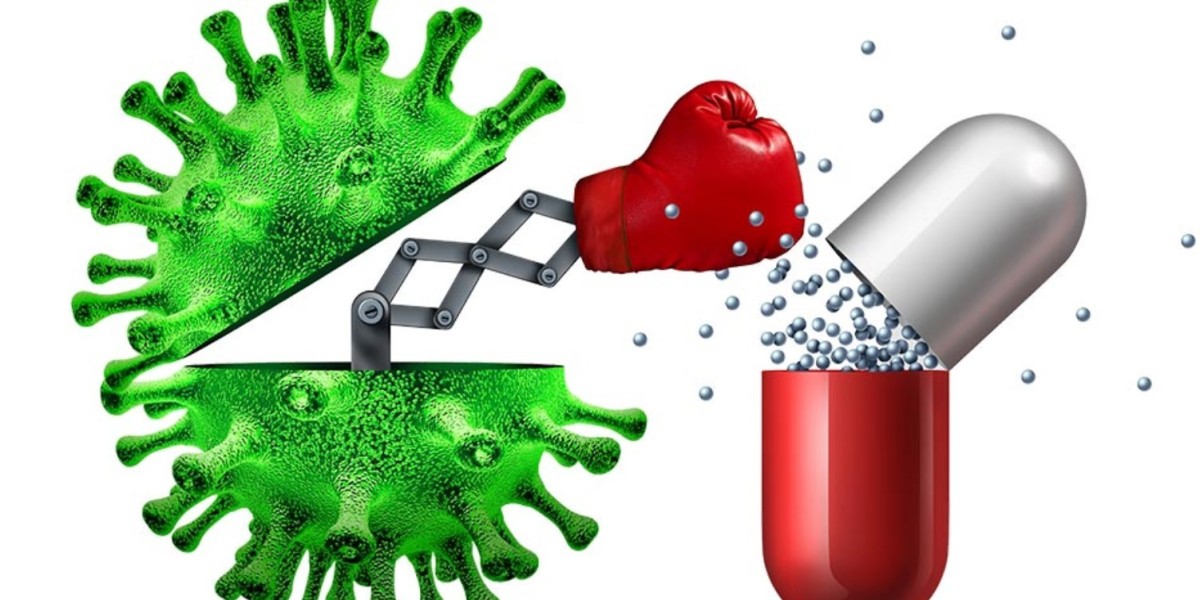Antibiotics have long been hailed as a cornerstone of modern medicine, revolutionizing our ability to treat bacterial infections and save countless lives. However, the rise of antibiotic resistance has become a formidable challenge, threatening to undo decades of progress in combating infectious diseases. In this blog, we'll delve into the complexities of antibiotic resistance on a global scale, examining its impacts and exploring strategies to address this urgent public health threat.
The Rise of Antibiotic Resistance
Antibiotic resistance occurs when bacteria evolve mechanisms to withstand the effects of antibiotics, rendering these drugs ineffective in treating infections. This phenomenon is driven by a combination of factors, including overuse and misuse of antibiotics in humans, animals, and agriculture; lack of access to clean water, sanitation, and infection prevention measures; and the global spread of resistant bacteria through travel and trade. As a result, common infections become harder to treat, leading to increased morbidity, mortality, and healthcare costs.
Global Impacts of Antibiotic Resistance
The impacts of Global Antibiotic Resistance are felt worldwide, affecting people of all ages and demographics. In addition to posing a threat to individual health, antibiotic resistance also has broader societal and economic implications. Patients with antibiotic-resistant infections often require longer hospital stays, more intensive treatments, and are at greater risk of complications and death. Healthcare systems face increasing strain from the burden of antibiotic-resistant infections, leading to higher healthcare costs and reduced effectiveness of medical interventions.
Challenges in Addressing Antibiotic Resistance
Addressing antibiotic resistance is a complex and multifaceted challenge that requires coordinated action at the local, national, and global levels. One of the key challenges is the overuse and misuse of antibiotics, both in healthcare settings and in agriculture. Antibiotics are often prescribed unnecessarily for viral infections or used in subtherapeutic doses in agriculture, contributing to the development and spread of antibiotic-resistant bacteria. Additionally, the pipeline for new antibiotics is dwindling, with few new drugs in development to replace those that are becoming ineffective.
Strategies to Combat Antibiotic Resistance
Combatting antibiotic resistance requires a comprehensive approach that encompasses prevention, surveillance, stewardship, and innovation. Prevention efforts focus on promoting vaccination, improving sanitation and hygiene practices, and implementing infection control measures to prevent the spread of resistant bacteria. Surveillance systems are essential for monitoring antibiotic use and resistance patterns, guiding treatment decisions, and detecting emerging threats. Antimicrobial stewardship programs aim to optimize antibiotic use, ensuring that these precious resources are used judiciously and appropriately.
Innovation is also critical for addressing antibiotic resistance, including the development of new antibiotics, alternative treatment modalities, and rapid diagnostic tests to identify resistant infections quickly. Collaborative efforts between governments, healthcare providers, researchers, industry stakeholders, and international organizations are essential for advancing these strategies and implementing effective interventions to combat antibiotic resistance on a global scale.
Looking Ahead: A Call to Action
As antibiotic resistance continues to escalate, the need for urgent action has never been greater. By raising awareness, promoting responsible antibiotic use, investing in research and innovation, and fostering collaboration across sectors and borders, we can work together to address this pressing public health threat. The battle against antibiotic resistance is complex, but with concerted efforts and collective action, we can preserve the effectiveness of antibiotics for generations to come, ensuring a healthier and more resilient future for all.



